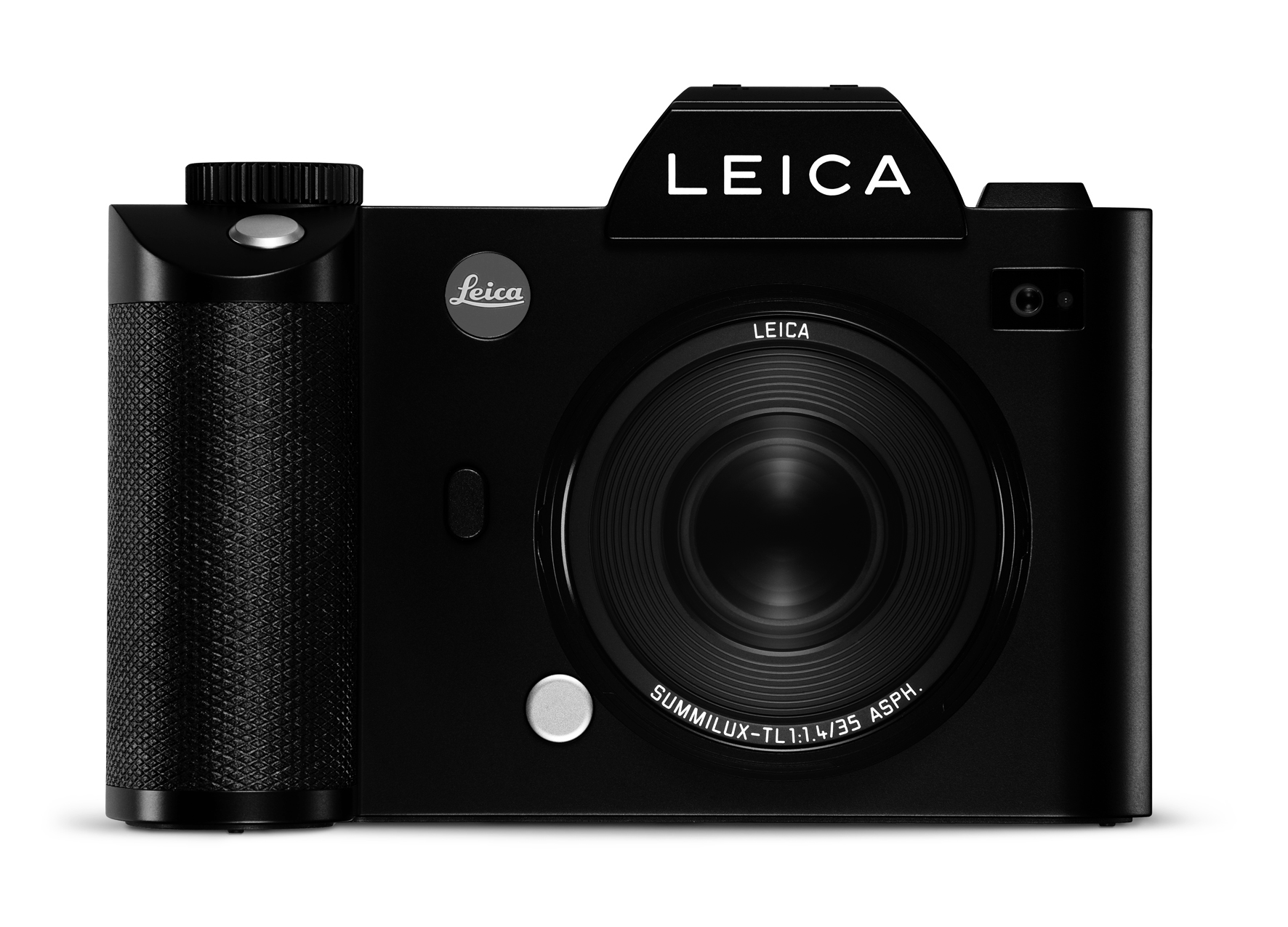Leica SL: Company's latest mirrorless camera heralds the beginning of a photography revolution
Technological advancements regularly prioritise convenience over quality, at least at first – but photography is moving quickly along that journey

Last night, at its headquarters in Wetzlar in Germany, Leica announced its first mirrorless camera. That this most traditional of camera makers has taken the plunge into the world of mirrorless shows that this is a system whose time has come.
Technological advancements regularly prioritise convenience over quality, at least at first. The first iPod was an incredible benefit because suddenly your entire music library fitted in your pocket, but it took time for audio quality to catch up.
Photography has been going through the same journey. The move to digital saw image quality drop drastically as consumers plumped for the convenience of being able to see what they’d shot immediately, instead of the day after dropping the film off at Snappy Snaps.
Smartphones saw image quality drop further. But people were prepared to make these quality trade-offs, in the short term at least, because the other end of the scale was too preposterous consider: SLRs were hefty, complicated and pricey.
Now, though, as compact camera sales continue to plummet, the rise of the mirrorless camera seems to be taking hold. Mirrorless, or compact system cameras, offer excellent image quality thanks to large sensors and interchangeable lenses. These are attributes the mirrorless camera shares with the SLR.
But because it lacks the single lens reflex mirror which gives the SLR its name, the mirrorless camera can be smaller and lighter. These are benefits which, camera store Jessops believes, are helping mirrorless camera sales surge. Pete Duncombe, Trading Director at the company, says “We have seen phenomenal growth in sales of mirrorless cameras, and we expect this rate to accelerate further.”
Of course, it helps that now all the biggest camera brands, Canon, Nikon and Sony are embracing the mirrorless category. None more so than Leica, whose new camera, called the Leica SL, boasts a remarkably high-resolution electronic viewfinder with more pixels than a 55-inch High-Definition TV. The camera is as beautiful and as immaculately built as you’d expect from the company, made from two solid blocks of aluminium. It has a 24-megapixel sensor and includes features from touchscreen focusing to 4K video recording.
Being Leica, this isn’t a cheap snapper: expect to pay £5,050 when it goes on sale next month. Oh, and you’ll need to buy a lens for it as well. Even so, this is a deeply impressive, effective camera that looks and feels sensational.
Most mirrorless cameras are more affordable than this, of course. Sony’s A6000 is a persuasive example of how a smaller camera can still deliver big results. Released late last year, it’s well-built, small and has a 24.3-megapixel sensor. The LCD screen tilts out so you can shoot at the trickiest of angles, while the autofocus system is blazingly fast, so you shouldn't miss that crucial moment while the camera decides what to do.
Mirrorless has also brought success to electronics companies who have never made SLRs. Chief among these is Panasonic who has even managed to score a hit with its new Lumix GX8 even though it’s not as small as some rivals: it’s an outstanding camera across all types.
The Panasonic Lumix DMC-GX8 is a handsome, capable beast with a 20.3-megapixel sensor. The electronic viewfinder is also exceptional. Not all mirrorless cameras have viewfinders, making do with the LCD screen on the camera’s back, but the GX-8 has a big, bright one that’s highly enjoyable to use and gives the same impressive image quality while you’re shooting as some SLRs. There are plenty of sophisticated features, from shooting video at 4K resolution to an image stabilisation system that works both in the camera body and the lens for extra image sharpness.
Jessops – which stocks the Sony and Panasonic cameras among others – points out that, Leica apart, there’s a price saving compared to a full-blown SLR. The company says “increasing affordability and wi-fi connectivity” are additional aspects that are helping mirrorless take off.
As Ian Savage, Head of Training at the company points out, there are places where mirrorless is better than SLR: “Mirrorless cameras give you a permanent live view from the sensor. This means you can easily adjust your exposure settings in real time and see it through the electronic viewfinder or in the review screen. You see the picture as it happens, not just afterwards.”
As technologies evolve there are casualties along the way. Film cameras and compact digital snappers are on the way out. But other sectors seem buoyant. High-end compacts promise easy usability and decent sensors for newcomers wanting the optical zoom cameraphones lack. And it’s hard to see the SLR losing its pre-eminence. But the mirrorless camera with its balance of features, image quality and smaller size is likely to thrive.
Join our commenting forum
Join thought-provoking conversations, follow other Independent readers and see their replies
Comments